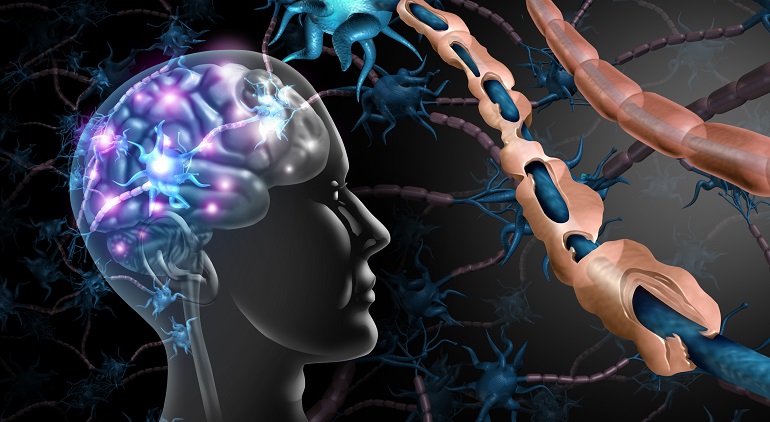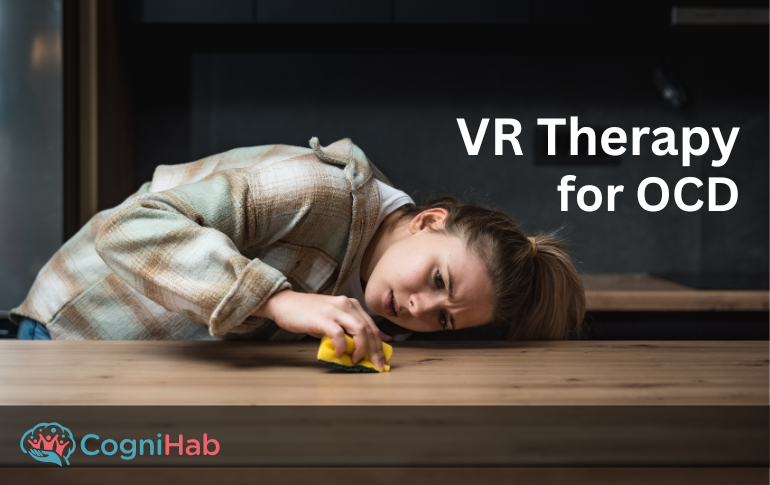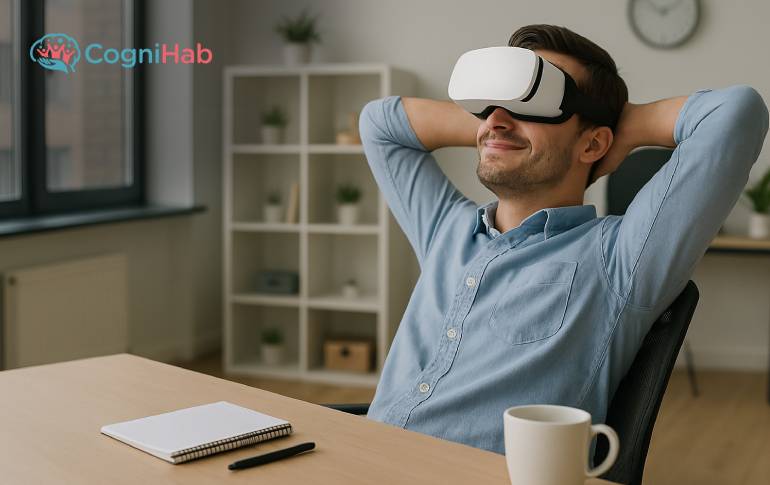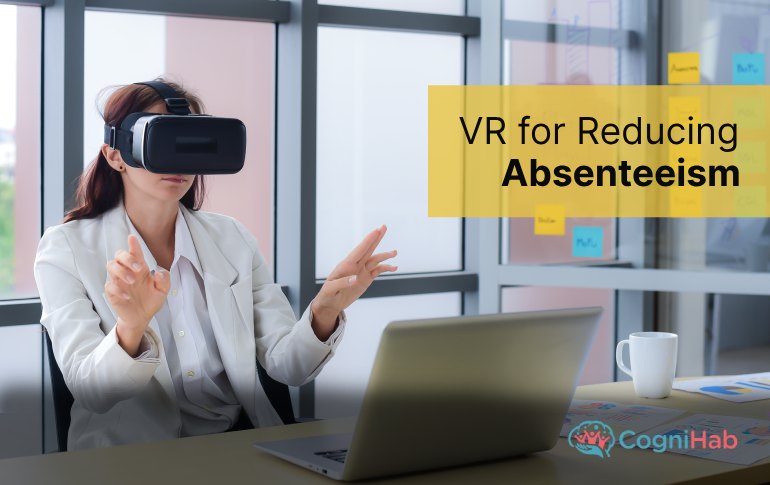Multiple Sclerosis Symptoms and Treatment with Virtual Reality
Multiple sclerosis is a central nervous system disease. This affects the spinal cord, brain, and optic nerve. Neurons are the structures of the nervous system that allow us to think, see, hear, speak, feel, and more.
Each neuron is made up of a cell body and an axon (a region of the cell body that carries messages).
Multiple sclerosis (MS) is a disease that can stay with a person for a lifetime. It affects the nerve cells in the brain and the spinal cord. In MS, there is damage to the myelin, affecting the nerves.
People suffering from this may show only one symptom of the disease, few symptoms, or many signs like severe disability.
- More than 2.3 million people have been diagnosed with Multiple sclerosis (MS) globally.
 Symptoms of multiple sclerosis
Symptoms of multiple sclerosis
There are some common symptoms associated with multiple sclerosis
- Pain
- Vision & hearing loss
- Impaired coordination, sensation & balance
- Impaired motor control
- Cognitive decline
- Sexual dysfunction
- Bladder and bowel complications
- Dysarthria
- Dysphagia
How VR can help with multiple sclerosis treatment
People with multiple sclerosis are prone to falling. Their brain fails to coordinate with other body parts resulting in dis-balance and fall. At UNC School of medicine, scientists tested virtual reality (VR) for multiple sclerosis to detect balance problems.
It is new and emerging to use VR rehabilitation for persons with Multiple Sclerosis and Amyotrophic Lateral Sclerosis (ALS), but this is a positive change in MS treatment.
The effect of VR rehabilitation on Multiple Sclerosis treatment
VR rehabilitation helps to improve motor skills such as control, balance, postural control, sensation, and coordination. This is more effective than traditional therapy. There are several reasons for this:
- Sensory stimulation with real-time visual
- Exposure to a different environment
- Create a motivational environment and increase engagement
VR Technology also blends cognitive behavioral therapy programs. Therefore it improves the perception towards the pain and coping strategy. VR is also used as a pain distraction.
This technique also helps in practicing Functional goals and activities. It creates a realistic environment like a supermarket or walking across the roads. These engaging simulations not only enhance the confidence but also motivate the patient.
Related post: Chronic Pain Treatment Using Virtual Reality
Unique Features of VR rehabilitation on Multiple Sclerosis treatment
- As per Reports VR therapy is more effective than other traditional therapy methods.
- It works in a controlled environment; therefore any kind of injuries are less likely. The level of difficulty can be increased or decreased as per the convenience of the patient.
- These programs are made on the basis of the needs of the patients
- Patients can practice at home in their own comfort zone.
Conclusion
Multiple Sclerosis patients face many challenges in day-to-day life. These problems can be as easy as walking, or as tough as remembering things.
Apart from that, they could also encounter fatigue, weakness, pain, and problems with rational thinking. With the help of VR solutions for healthcare, a positive effect has been noticed on neuromuscular diseases.
- Virtual Reality in Healthcare Market is estimated to Grow USD 33.72 Billion by 2027 with a CAGR of 41.2%
Cognihab is working parallel with clinics, hospitals, experts, and different healthcare providers to create affordable VR rehabilitation suites.







